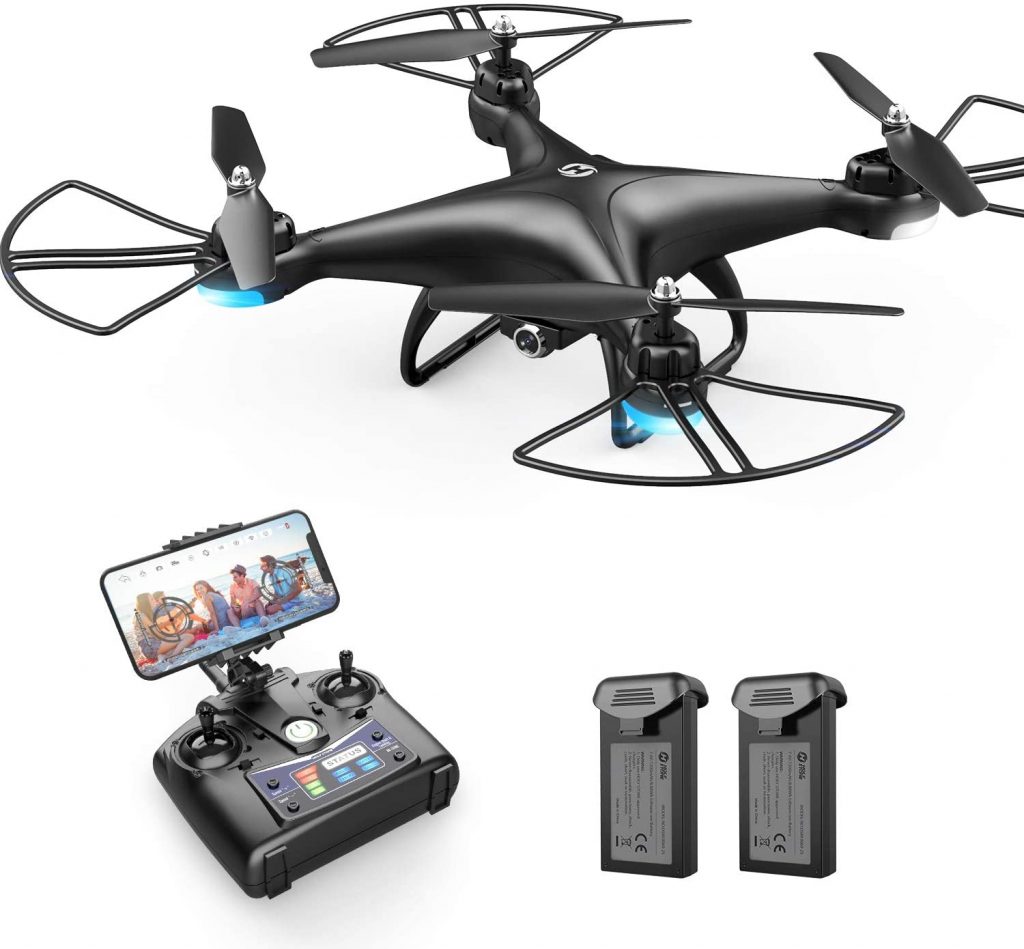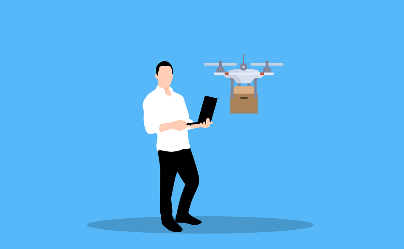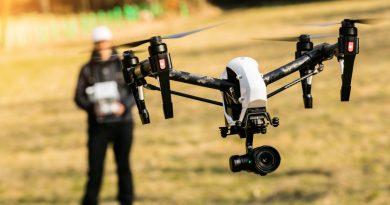Samsung the Latest in Making Drone Delivery a Reality
A small town in Ireland has made waves recently for its team-up with Samsung to make drone delivery a reality. As the latest example of a rollout that holds considerable promise for the future, this move has been hailed as a progressive one, though with some potential issues. Acting as a trial run for more wide-spread drone delivery, the lessons learned by this drone system and others like it could illustrate a growing way forward for urban delivery devices.
The Samsung Drone
Set in the Irish town of Oranmore in County Galway, the partnership of Samsung and Irish drone delivery company Manna has been in the planning stages for some time. Utilizing what Manna calls “custom-developed aerospace drones” has allowed the two companies to sidestep many concerns about modern delivery systems, streamlining automation to an entirely new level.
According to Samsung’s claims, the drones are capable of travelling 60 kilometers an hour, with an estimated delivery time of within three minutes. While this is certainly impressive, the early stage of development has restricted the travel radius to just two kilometers from the dispatch center. Promised to expand as the technology improves, moves like this and others in the same vein have done a lot for legitimizing drone delivery in the public eye.
A Natural Stage of Digital Evolution
As a technology, drone delivery is a fairly natural one in the spectrum of evolving digital systems. In the 2000s, the gradual shift away from older analogue systems and towards newer digital solutions has been unrelenting in its implementation, in practically every industry possible.
Nowhere has this shift been so obvious as in entertainment, where digital solutions have fundamentally reshaped the way we do business. Cable and broadcast TV have been usurped by the likes of Hulu and Amazon Plus, for example. With far greater convenience and choice than older alternatives, these moves were inevitable.
Perhaps most analogous to drone delivery, however, are entertainment systems like online casino games. Free slots, like drone services, don’t replace more traditional models. Instead, they offer an alternative that many may prefer, but which won’t be able to completely take over the landscape. In slots, the choice available is enormous and only growing, but some people will prefer physical systems still. Still, many players will always gravitate towards free slots, which this site lists and reviews. Beyond the realm of physical systems, players today and play slots on any devices, especially as these titles don’t need to be downloaded. For delivery, larger goods are simply impossible to move through drones, putting a hard limit on maximum adoption.
The Challenge of Drone Delivery
This early on in the drone delivery lifespan, the potential which drones have is still being explored. As noted, one of the major concerns is weight. Even the larger delivery drones, such as those being tested by Amazon, have a maximum weight limit of around 25 kg. This is confounded further by size limitations, which can profoundly affect aerodynamics.
Also playing a major concern are heat and weather conditions. So far, most drones are only rated for operation between -10 and 45 degrees Celsius, and in wind at a lower speed than 10 meters per second. Again, these limits will be further modified through cargo weight, size, and load distribution.
The final challenge these systems face is one of regulation. Though drones are undoubtedly a promising technology, they’ve already proven to be one where strict rule enforcement is a necessity. Unregulated systems can crash, run the risk of getting lost, and might even prove a safety hazard to the public. For these reasons, aviation authorities such as the FAA in America have been quick to draw up laws, but given the rapidly evolving state of drones, these laws have needed to evolve quickly.
Facing a Drone Future
While it’s likely to be some time before drones become a regular sight in urban deliveries, there are many instances where the system’s advantages could be too profound to ignore. Mitigating traffic and traffic-based pollution is a standout in this regard. With online sales and our reliance on couriers only growing, drones would act as a serious help, keeping our air cleaner, our streets freer, and even cutting back on road wear.
Given the hard limitations of drone delivery, the small goods delivery market is likely to be the biggest recipient of change. Food delivery is a probable target, where drones would not only increase efficiency but could also reduce cost by cutting down on delivery staff. With the right implementation, drone investment could be a game-changer for many businesses, the upper limits of which are still being explored.
While drone delivery becoming common in urban areas isn’t likely to happen before the end of the 2020s, it does seem to be just a matter of time. The technology has expanded so quickly, and the advantages have proven so profound that overlooking drone potential would be a fool’s errand. The only question is when these systems could be integrated, and when could they cross the threshold into being cost-effective. Until then, you might as well get accustomed to seeing drones as a regular part of modern life.




